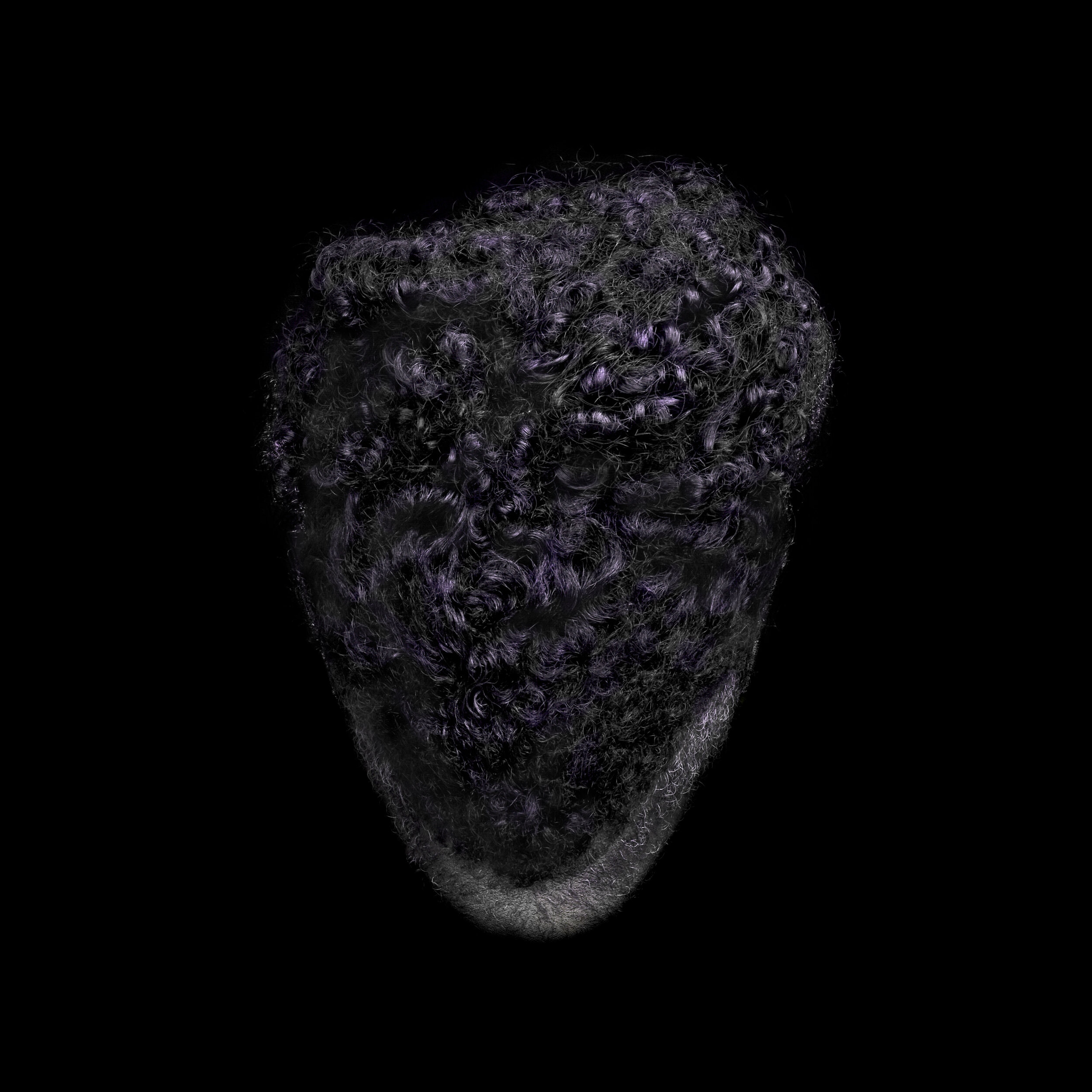Chains & Crowns
When I pieced this project together, I was overcome by challenges. There were several moments where I found myself being pulled down pathways I both did and did not wish to go. I felt pressured to suppress these feelings, learning about parts of black history that I was unfamiliar with. Yes, these events happened in the past and the people I interact with every day, my loved ones, had nothing to do with the torment and inter-generational trauma that occurred, but I was still frustrated. Frustrated by the horrific treatment my people had to go through, by the oppression they had to face socially and economically, that broke their spirits and stole their integrity. Frustrated that we still endure it to this day, that I couldn’t find the information I needed; it seemed that our ancestral culture had been buried away to the point that history had been erased, a lost identity. I was frustrated having to pry knowledge from the nooks and crannies of the Internet, to find what should be well-researched information on our crown jewels.
As I glimpsed into the past, I saw many hairstyles of African descent worn by people of color, that were popularized by Western European white women (and men) through the media and entertainment. For example, if you Google search “French Braids”, you will most likely find that a majority of the image results are white women. Another example of this is Bo Derek, an American film actress who popularized the fulani braids, a variation of the cornrow, in her 1979 breakout movie, 10. The issue I have with this is the lack of cultural acknowledgment, and this is necessary because more often than not, we as a global culture are ignorant of the truth. Acknowledgment allows people to be recognized for the details of their history and DNA that make them who they are. A lack thereof robs them of their identity and places it in the hands of a culture that, more often than not, abuses and misrepresents said DNA. Consequently, this taints the roots of the people from whom it is derived, which, in turn, breaks the fundamental building blocks of the generations from which it flows. Acknowledgement helps to keep a culture alive, allowing customs that have been built to strengthen communities able to endure.
So, at the end of the day, I realized that this anger I was feeling - though it felt justified - was leading me down a slippery slope towards a path of hate and resentment. I had realized that there is nothing to be done about the past. The only way to change our trajectory is to inform and converse openly, and that's how this project was born.
I simply had to take a look at the world around me, my family members in particular. I’ve witnessed my mother’s journey with her hair. I watched her adapt many styles, from braids to straightening to relaxing and all the way to cutting it off; her experience is one that is felt by most, if not all, black women. I strongly believe in the importance of understanding both sides of the coin, getting both male and female perspectives on black hair. Though I’ve been through my own journey with my hair - from the afro, different fades/designs, coloring, cornrows, and learning to maintain my hair’s health - and understand how difficult black hair can be, I am and have never been a black woman. Being surrounded by black women throughout this project as well as in speaking privately to others, I began to understand the depths of preparation that are required (dedicating an extra two to three hours for prep and styling), as well as the need to reaffirm your children’s beauty because they were made fun of for having “nappy” hair. The beauty standards of “black is ugly” is still reflected in our society hundreds of years after slavery. As we spoke, I began to gain a further understanding of the depth involved in the crowns on our heads, not only socially but economically as well, as black people consume the majority of the multi-billion-dollar hair care industry, despite only owning a very small minority of it.
Myself, as well as many others, are still learning about the crowns on our heads and how to care for them. So, as we’ve journeyed through this book together, I hope that not only black people but all people will begin to understand the gravity that comes from “black hair”, learning how to love others and ourselves through our locs.
Inspired and dedicated to my dear mother.
“The way you introduce the concept of black hair as a crown is so mind-opening for me because it ties into so much of our experience. It identifies you but it also uplifts you…..”
Phil LaMarr









































